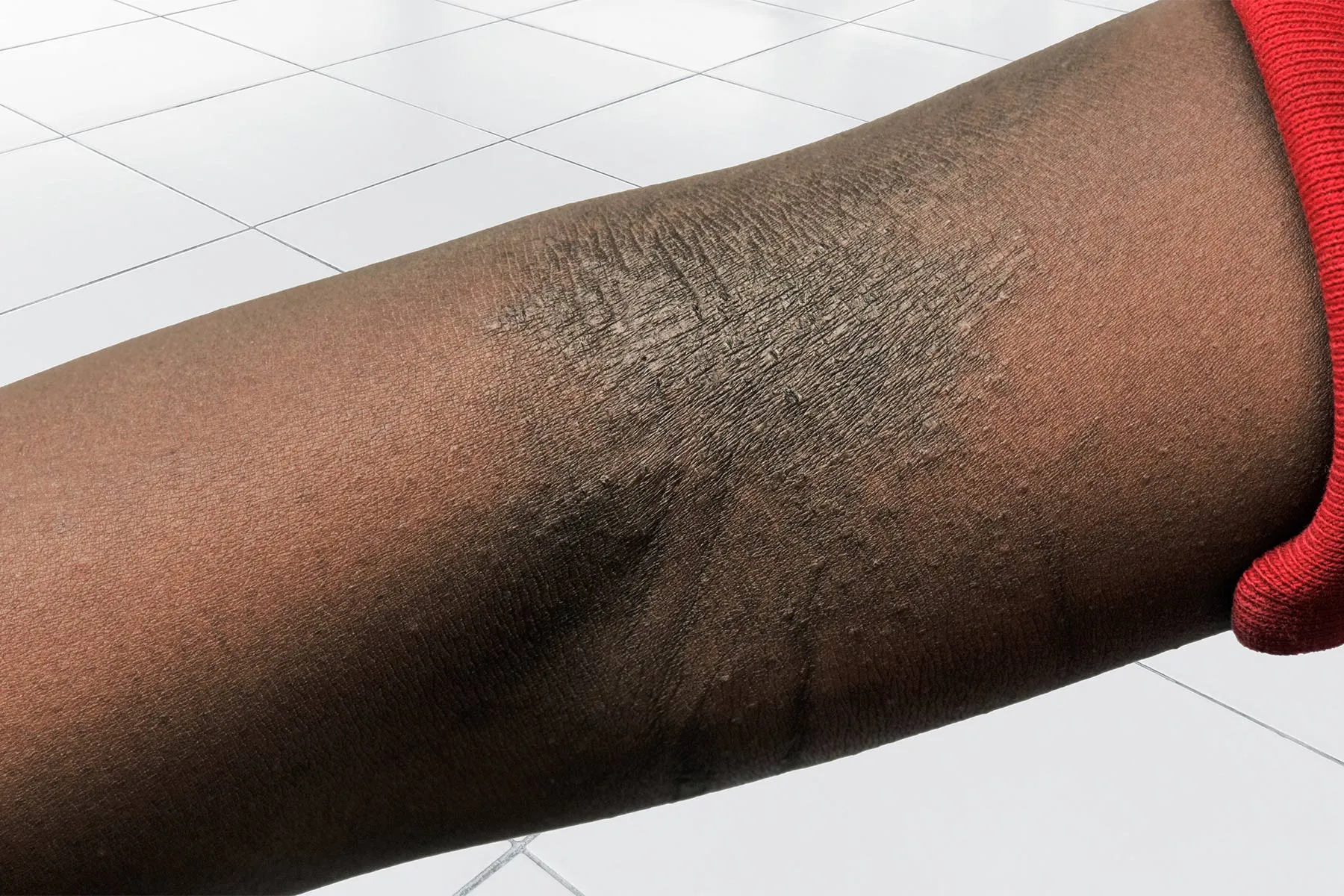Biden Pledges to End ‘Epidemic’ of Missing, Murdered Indigenous People
President Biden signed an executive order on Monday to tackle the "epidemic" of missing or murdered indigenous people, as well as investigate existing unsolved cases. This news comes as the Justice Department allocated more than $73 million in grants to help crime victims in indigenous communities.

President Joe Biden signed an executive order Monday to tackle the “epidemic” of missing or murdered indigenous people, including coordinating investigations into existing unsolved cases, according to USA Today.
Under this new direction, the Justice Department and Department of Homeland Security will have 240 days to “create a strategy to improve public safety for Native Americans.” The Department of Health and Human Services is also ordered to create a prevention plan along with survivor support initiatives.
The Department of Homeland Security and interior departments are also tasked with providing support for Tribal Nations, including appointing’ a liaison in the Justice Department to work with and communicate with family members of victims and advocates, USA Today explains.
This news comes as the Justice Department announced Monday more than $73 million will be allocated as grants to help 85 American Indian and Alaska Native communities. These funds are designed to help “enhance tribal justice systems, strengthen law enforcement, improve the handling of child abuse cases, combat domestic violence and support tribal youth programs.”
Both Biden’s latest order and the Justice Department grant announcement coincided with the White House Tribal Nations Summit, held virtually Monday and Tuesday, hosting more than 570 tribes to celebrate the progress of Native Americans.
“Long overdue,” Biden commented as he signed the order, as quoted by USA Today “We’re going to make some substantial changes in Indian country, and it’s going to continue.”
“For far too long, justice has been elusive for many Native American victims, survivors and families,” Biden said, as quoted by a Minnesota local ABC affiliate.
Some of those substantial changes include moving to block federal oil and gas leasing within a 10-mile radius around Chaco Culture National Historical Park in northwest New Mexico. Over the past few years, Pueblos and other tribes have increasingly raised concerns about drilling nearly the culturally significant region for Native Americans.
‘Committed to Protection and Public Safety’
Attorney General Merrick Garland said Monday that the Justice Department is “committed to honoring and strengthening our nation-to-nation relationship. And we are committed to protecting the civil rights of Native Americans.”
“We acknowledge that our country has historically failed to meet the crisis of missing or murdered Indigenous people with the urgency and the resources it demands,” Garland said, as quoted by USA Today. “We also recognize that solving this crisis requires that we work in partnership with one another”
This is a sentiment that the Department of Justice shares, as expressed in their $73 million grant to help crime victims and improve public safety.
“The Justice Department is pleased to make the Coordinated Tribal Assistance Solicitation available to federally recognized tribes, providing a transparent and simple process to apply for grants that best align with their community’s needs,” said Associate Attorney General Vanita Gupta. “This one-step application makes it possible for tribes to access critical resources to help them meet the critical public safety needs of their communities.”
‘This is an Epidemic’
Indigenous people vanish — or are murdered — at disproportionate and alarmingly high rates in America compared to non-indigenous people.
As of 2016, the National Crime Information Center has reported 5,712 cases of missing American Indian and Alaska Native women and girls. Strikingly, the U.S Department of Justice missing persons database has only reported 116 of those cases, according to the Native Women’s Wilderness, an education and advocacy page.
In terms of violence rates, Indigenous women and girls are murdered at a rate 10 times higher than all other ethnicities — leading to murder being the 3rd leading most cause of death for Indigenous Women, according to the Centers for Disease Control.
The majority of these murders are committed by non-Native people on Native-owned land, according to the Native Women’s Wilderness.
Minnesota advocates are particularly happy about the effort to help Indigenous people, as the MMIP Women’s Task Force cites that between 27 and 54 American Indian women and girls in Minnesota were missing in any given month from 2012 to 2020, a Minnesota local ABC affiliate details.
Moreover, it’s estimated that four out of five Indigenous women have experienced violence in their lifetime, and more than half of Indigenous Women experience sexual violence, according to the National Institute of Justice Reports.
That equates to nearly three million people who have experienced stalking, sexual violence, psychological aggression or physical violence, the Department of Justice details.
Additional Reading: ‘Don’t Let Our People Die in Silence’: Indigenous Crime Victims Still Uncounted
This summary was prepared by TCR staff writer Andrea Cipriano.

 Landwebs
Landwebs 






















